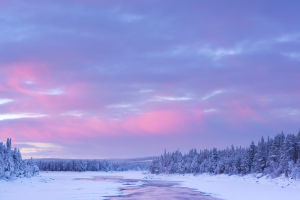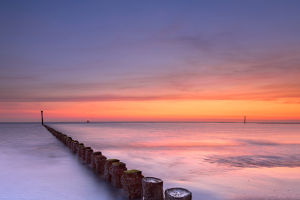Peyto Lake is a magnificent body of water situated in the heart of Banff National Park, one of the most famous national parks in Canada. It is located in the Rocky Mountains of Alberta, Canada, about 40 km (25 miles) north of Lake Louise.
Peyto Lake is a glacier-fed lake that boasts breathtaking turquoise waters and is surrounded by towering mountain peaks. Let's explore the beauty of Peyto Lake in more detail.
Peyto Lake is situated at an elevation of 1,860 meters (6,100 feet) above sea level, and it covers an area of about 5 square kilometers (2 square miles). The lake is fed by Peyto Glacier, which is located in the Wapta Icefield.
The Wapta Icefield is an expanse of ice and snow that covers an area of about 80 square kilometers (31 square miles). The glacier water, which flows into Peyto Lake, gives the lake its vibrant turquoise color, making it one of the most beautiful lakes in the world.
Peyto Lake offers stunning views from several different vantage points. The most popular spot to view the lake is from the Bow Summit lookout, which can be reached by a short hike from the Icefields Parkway.
From the lookout, visitors can see the entire length of the lake and the surrounding mountain peaks. The view is especially beautiful in the early morning when the sun rises over the mountains and illuminates the turquoise waters of the lake.
Banff National Park is home to a diverse range of wildlife, and Peyto Lake is no exception. Visitors to the area can spot a variety of animals, including grizzly and black bears, moose, elk, deer, and mountain goats. Visitors should exercise caution when encountering wildlife and should always keep a safe distance.
Peyto Lake offers a variety of recreational activities for visitors to enjoy. In the summer, visitors can hike the nearby trails, fish in the lake, or take a guided tour of the area. In the winter, visitors can enjoy cross-country skiing and snowshoeing. The surrounding mountains also offer opportunities for backcountry skiing and snowboarding.
Peyto Lake is a popular tourist destination, and as such, there are measures in place to protect the natural environment. The lake is part of Banff National Park, which is a protected area, and visitors are required to follow park regulations and leave no trace.
The area around the lake is also a sensitive habitat for wildlife, and visitors should respect the natural environment and avoid disturbing the wildlife.


